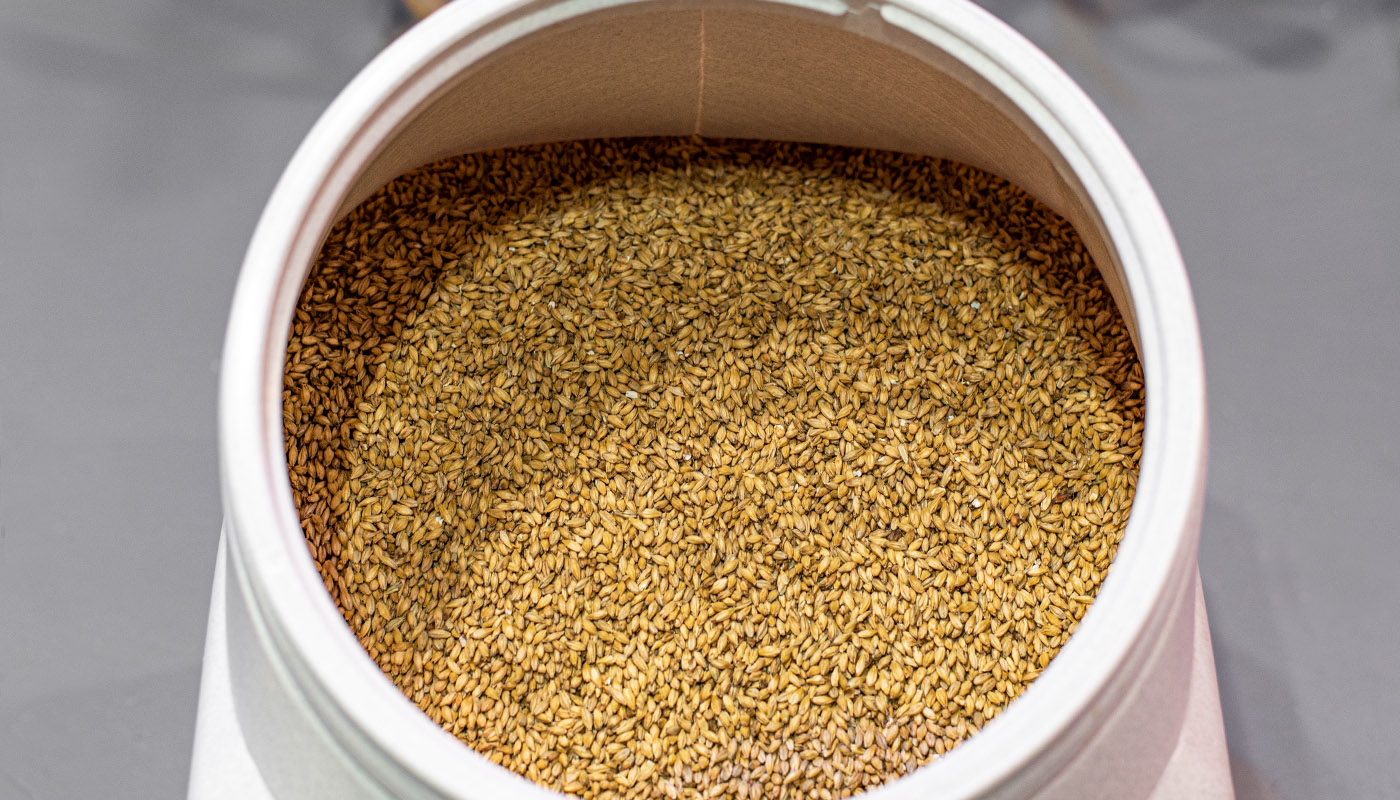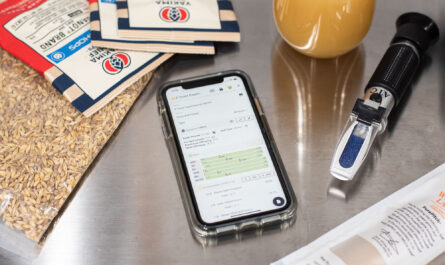One of the best homebrewing investments I ever made was my grain mill. It gives me greater control over my grain crush and improves efficiency with my brew-in-a-bag setup (BIAB). Efficiency aside, the greatest benefit of all is the opportunity to buy grain in bulk.
The problem with buying bulk quantities of milled grains is the lack of shelf life. Milled grains should ideally be used within a month or so of milling. Crushed grains tend to get stale with age and won’t give you the best results. In a perfect world, you should crush your grains the day of or the night before each brew day.
Unmilled, whole-kernel grains will last a year or even longer if properly stored. Grains should be kept in a cool and dry environment in an airtight container. This keeps grain fresher and also prevents bugs, rodents, bears, the boogeyman, and moisture from spoiling your ingredients.
Why Buy Grains in Bulk?
My biggest initial hesitancy with buying bulk grain was the storage aspect. Like most, I’m working with limited space in my brewery and couldn’t justify filling it with massive containers of cattle food. If you’re smart about what you purchase, however, you can actually build up a nice inventory of grain without taking up an entire room.
Aside from pure convenience, buying grain in bulk will also save you some money. If you brew frequently enough and have a good understanding of your brewing needs, it only makes sense to stock up on favorites. If you don’t live close to a local homebrew shop, online shipping costs can add up if you’re constantly ordering new ingredients for each batch.
The organization aspect is huge. How many of you have ever had 15 plastic bags of 10-ounce portions of leftover grain scattered everywhere? Me. It was getting to a point where I had no idea what I actually had on hand. Buying grain in bulk actually forced me to be a little more vigilant about developing recipes and working with a few common grains. This is also a great way to keep things simple and develop a deeper understanding of a handful of different grists.
Grain Storage Tips
When selecting a container, it’s essential to consider the size. You should choose a container that can accommodate the full amount of grains you plan to store. It’s also important to ensure that the container has a secure lid that can keep out pests and insects.

Temperature
Temperature is a critical factor in grain storage. Grains should be stored in a cool, dry place, away from direct sunlight. The ideal temperature for grain storage is between 50-70°F (10-21°C). If grains are exposed to high temperatures, they can become rancid.
Humidity
Humidity is another important factor in grain storage. Grains should be stored in a dry environment to prevent mold and mildew growth. Ideally, the humidity in the storage area should be below 60%. If the humidity is too high, it can cause the grains to clump together, which can make it difficult to measure and use them for brewing.
Light Exposure
Light exposure can also affect the quality of grains. Grains should be stored in a dark place, away from direct sunlight. Light exposure can cause the grains to become stale and can also affect the flavor and aroma of the beer.
My Grain Storage Setup
I ended up purchasing smaller food storage containers for specialty malts and Gamma2 Vittles Vaults ($34) for my base grain. It’s a little bit of an investment upfront, but I love being able to brew on demand. Vittles Vaults are actually pet food storage containers and come in a few different sizes. I ended up getting two 60-pound containers (2-row and white wheat) and one 40-pound container (flaked oats). I brew NEIPAs almost exclusively, so this really made sense for me.
My specialty malts are stored in several 6.9 QT pantry storage containers ($40 for 4). These hold about 7-8 pounds of unmilled grain and are best suited for low-percentage malts. I like them because they’re not too big and can be easily stacked and stored away. The sky is the limit in terms of options and sizes.
Another alternative is 5-6 gallon food-grade plastic buckets with Gamma Seal lids ($9.99). This is a great option as each bucket will hold about 20-25 pounds of unmilled grain. You can also buy Vittles Vault buckets ($28). At the end of the day, you want to ensure your storage container is as airtight as possible.
Measuring Grain
Buying grain in bulk also means you’ll need to invest in a scale to measure your grains. There are hundreds of options out there but a lot of homebrewers are opting for postal scales. I ended up purchasing the Ultraship postal scale with a 55-pound capacity ($42).
This scale works really well, plugs into an outlet, and is compact but large enough to hold a 5-gallon bucket. I would highly recommend this unit at the price point. For this model, you’ll need a 10 kg (22 pounds) weight to calibrate it. This part is a little annoying but I was able to test and calibrate with free weights.
Hopefully, this is a helpful overview. I personally love having grain inventory because it helps keep brewing fun and spontaneous. Be just like the pros and buy ingredients in bulk!




